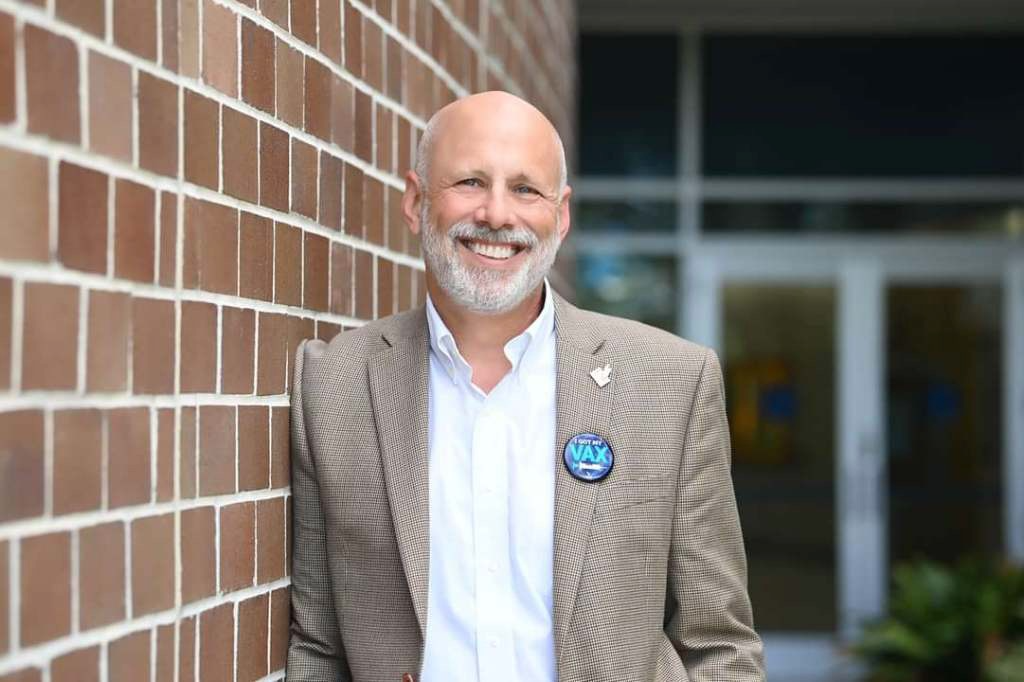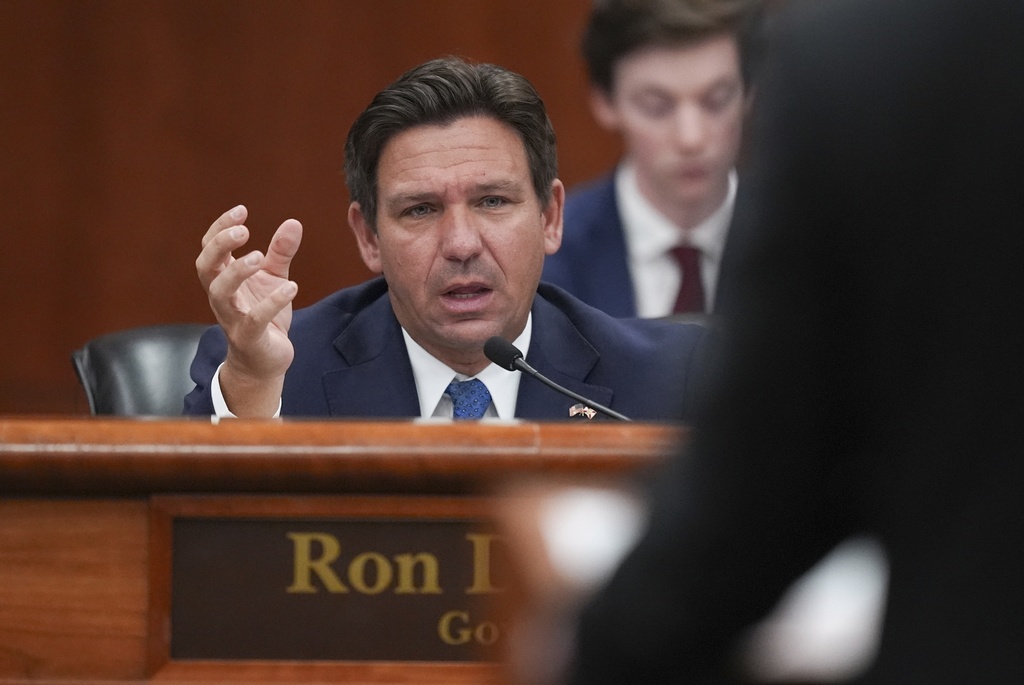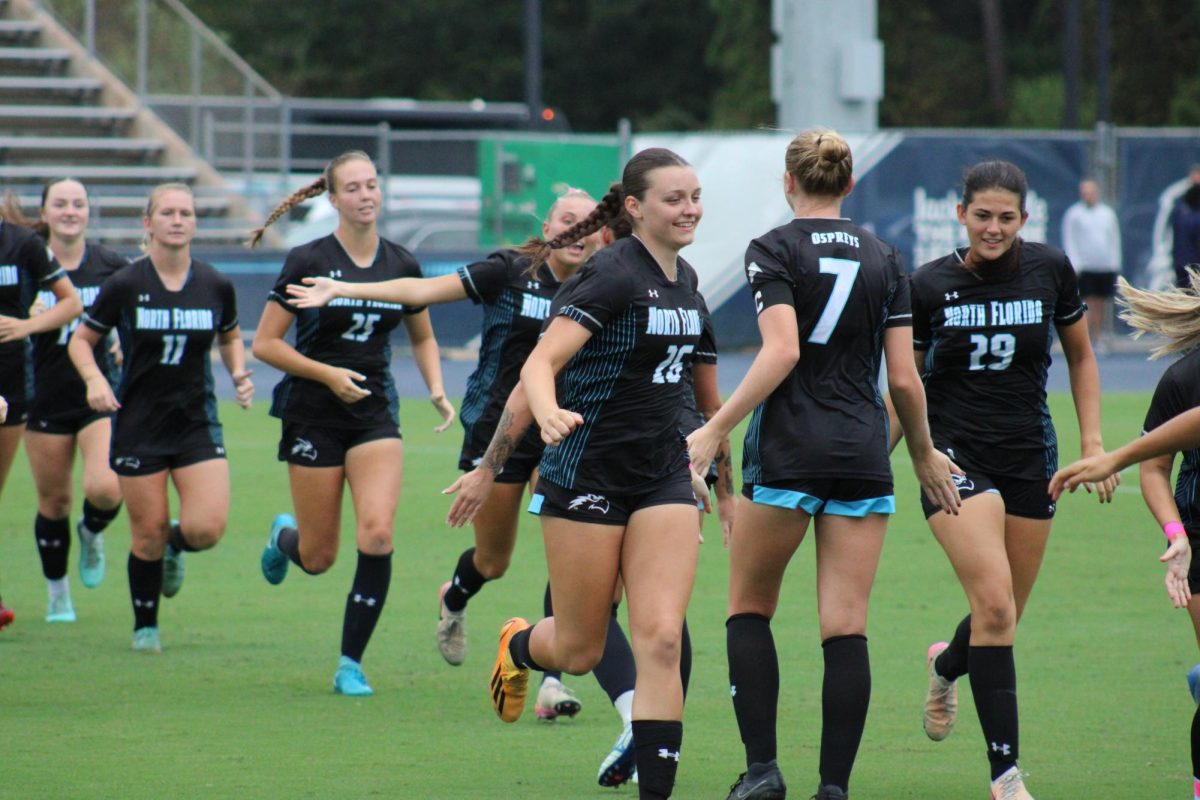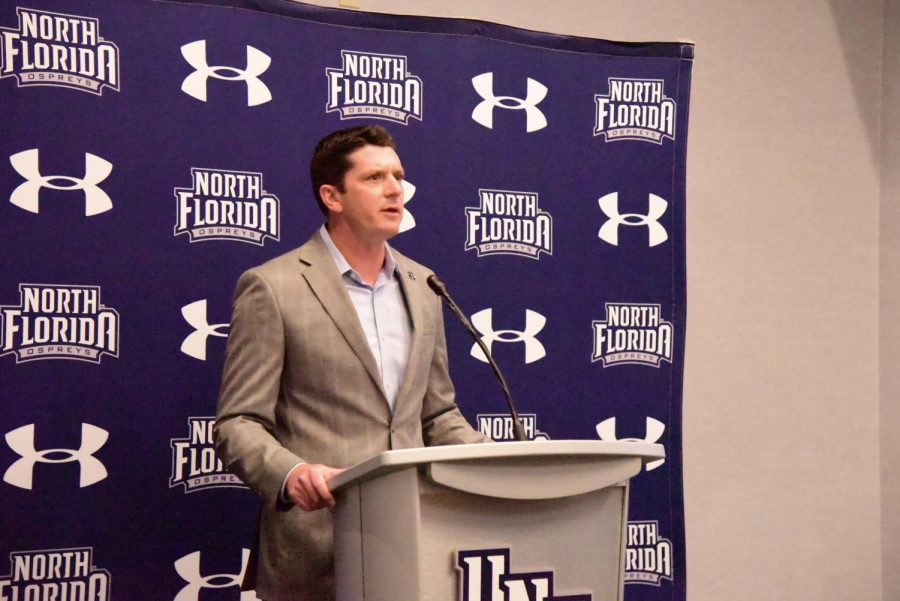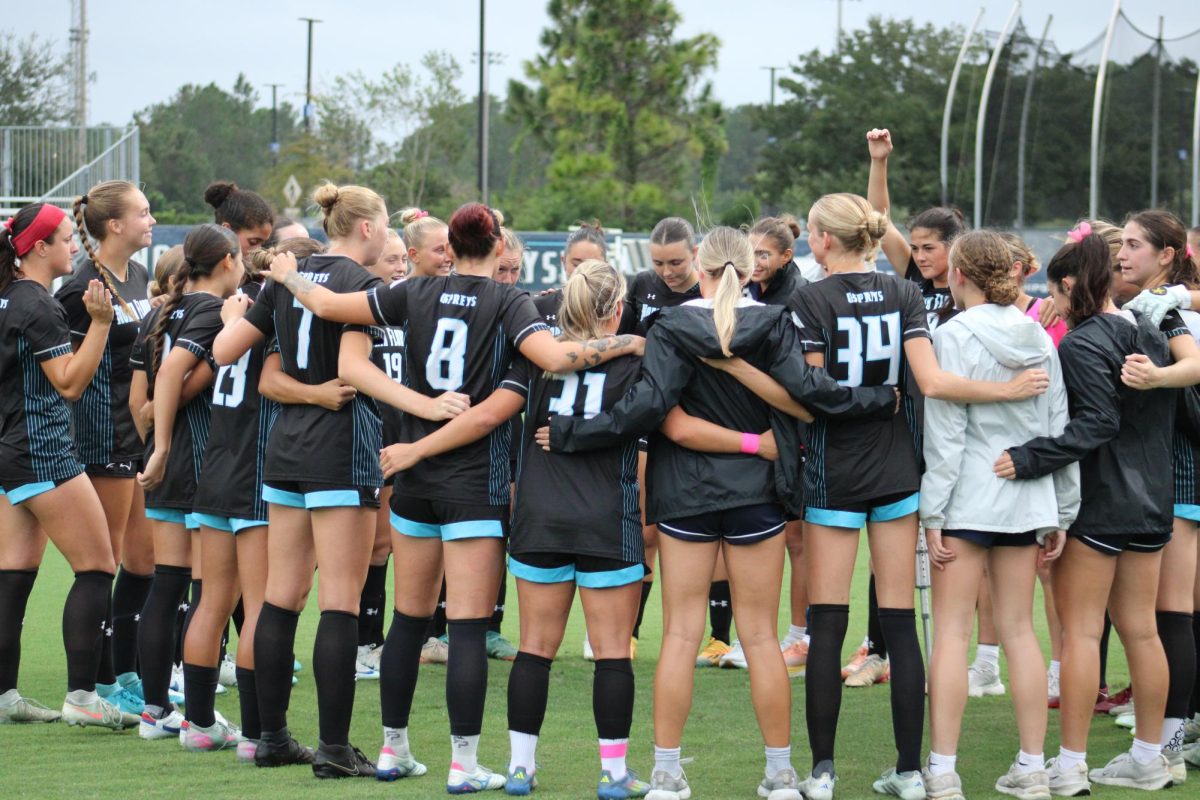
“Were it left to me to decide whether we should have a government without newspapers or newspapers without a government, I should not hesitate a moment to prefer the latter.” – Thomas Jefferson
The wind of independence will finally fill the sails of the student-run press at the University of North Florida. Thomas G. Carpenter would be proud.
The UNF Senate passed the newest version of the 2012-13 Activity and Service Fee budget and proviso language Feb. 29, which included a major new wrinkle in how the Spinnaker is funded. As of next fiscal year, starting July 1, we will be independent of Student Government, pending approval by Student Body President Matt Brockelman and UNF President John Delaney.
Students will still pay for the paper, but through a subscription model similar to the way The New York Times is available on campus for free.
Students will pay a flat rate, approved by Student Government at $60,908.47 per fiscal year, July to June, to the Spinnaker. That amounts to just under 50 cents an issue. From there, the paper’s editor can allocate that money, as deemed fit for the paper, on staff, printing costs, computers, etc. This is in addition to advertising revenue, which the Spinnaker earns via the Center for Student Media Business Office.
That may sound like a lot, but printing a newspaper is an expensive business. It costs about $50,000 a year just to print the paper, without staff, supplies, computers or software.
In 2011-12, SG allocated $58,106.50 to the Spinnaker through the Activity and Service fee and guaranteed just over $20,000 from Osprey Productions and the executive and legislative branches would be spent on the Spinnaker. In 2012-13, the Spinnaker will be completely dependent on their own advertising for revenue, with no guarantees from any potential client, such as SG.
Last year, and in previous years, SG also had the authority to review the funds allocated to the paper –– which went directly to fund student jobs –– and could increase or decrease those funds after the Spinnaker made its own recommendations. Starting next year, while SG will review the subscription to the Spinnaker similar to the way it reviews expenditures like a New York Times subscription, it will likely not try to cut and slash what is a set subscription fee.
So yes, you, the students, still pay for the Spinnaker to hit the racks every Wednesday, and no, you won’t see a major difference in the quality of news coverage, art, production or presentation of the paper –– at least not immediately.
But this is a big stride for a college newspaper that strives to bring the students the news objectively week in and week out.
Every week, we attend SG committees, meetings and forums. We cover monthly universitywide committee meetings, Board of Trustees meetings, Faculty Association meetings and keep tabs on what the top administration of UNF are up to. We are in regular communication with the University Police Department.
That’s not meant to toot our own horn, or more appropriately, fill our own sails. It’s to illustrate the importance of what we work so hard to do. University press is vital to the fairness and efficiency of the university community. More importantly, it’s vital as a device to keep the students abreast of university goings-on while you are in class and at work.
As almost any student newspaper strives to achieve, the Spinnaker has been working toward independence from the bodies it covers. It’s important not to feel pressure from the very organizations we sometimes have to write not-so-flattering stories about.
If the university president were extorting money from students to help pay for weekend vacations in Bermuda, the newspaper should be able to report that to students without the fear of having their funds frozen, affecting student jobs.
Similarly, if a high-ranking city attorney is playing favorites or overstocking jails at the taxpayers’ expense, state newspapers should confidently report the story to the public. What if that attorney decided what happened with that paper’s funding? It could have a chilling effect, and the people may never hear about what’s happening with their money.
The Spinnaker, while receiving a fair amount of blowback after one particular cover in 2011, has had a relatively friendly recent relationship with SG. But it wasn’t always that way.
The Halyard, the first student-run publication at UNF, shut down in July of 1976 after only two years of operation because the Student Government Association decided to only give the paper $7,500, far less than what was needed for publication. The SGA also stipulated that they have the power to approve five student appointments to the publication board ran by the president at the time, Carpenter, the namesake of the UNF library.
Ironically, the Halyard received an All-American rating from the Associated Collegiate Press for their work that same year, the highest award given by the national ranking organization. It also received a First Class rating for its papers published in the fall of 1975.
Carpenter and Dr. Christine Rasche, the chairman of the Publications Board defended the paper, saying the SGA seemed to be confused over the operation of the board and its censorship abilities. Even if the Publications Board consisted of a majority of students, it would not have the ability to censor the paper, Rasche said in an interview with the Halyard in its final issue.
“The president has said, and I concur with him completely, this campus will have a free newspaper or no newspaper,” she said.
After less than a year of the Campus Up-Date, a student-run interim publication, and the Phoenix, a UNF journalism department lab publication, the Spinnaker was born on Aug. 17, 1977, beginning an era of free press at UNF.
Hopefully, in July of 2012, another monumental step will be made in Spinnaker and UNF history. We’re glad you’ve stuck around, and we hope you keep reading as your paper enters a new, independent era.
Send letters to the editor to editor@unfspinnaker.com.




